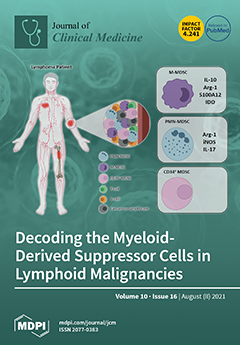Background. Severe acute respiratory syndrome coronavirus-2 (SARS-CoV-2) has infected >160 million people around the world. Hypertension (HT), chronic heart disease (CHD), and diabetes mellitus (DM) increase susceptibility to SARS-CoV-2 infection. Aims. We designed this retrospective study to assess the gender differences in hypertensive diabetic SARS-CoV-2 patients. We reported data, by gender differences, on the inflammatory status, on the hospital stays, intensive care unit (ICU) admission, Rx and CT report, and therapy. Methods. We enrolled 1014 patients with confirmed COVID-19 admitted into different Hospitals of Campania from 26 March to 30 June, 2020. All patients were allocated into two groups: diabetic-hypertensive group (DM-HT group) that includes 556 patients affected by diabetes mellitus and arterial hypertension and the non-diabetic- non-hypertensive group (non-DM, non-HT group) comprising 458 patients. The clinical outcomes (i.e., discharges, mortality, length of stay, therapy, and admission to intensive care) were monitored up to June 30, 2020. Results. We described, in the DM-HT group, higher proportion of cardiopathy ischemic (CHD) (47.5% vs. 14.8%, respectively;
p < 0.0001) and lung diseases in females compared to male subjects (34.8% vs. 18.5%, respectively;
p < 0.0001). In male subjects, we observed higher proportion of kidney diseases (CKD) (11% vs. 0.01%, respectively;
p < 0.0001), a higher hospital stay compared to female subjects (22 days vs. 17 days, respectively,
p < 0.0001), a higher admission in ICU (66.9% vs. 12.8%, respectively,
p < 0.0001), and higher death rate (17.3% vs. 10.7%, respectively,
p < 0.0001). Conclusion. These data confirm that male subjects, compared to female subjects, have a higher hospital stay, a higher admission to ICU, and higher death rate.
Full article






